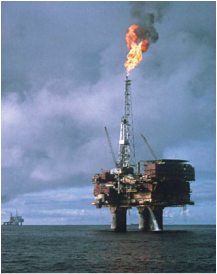
Oil is a fantastic high energy and very portable fuel and currently it’s very cheap, in fact it has almost always been cheap and plentiful and we have built a good life with it. So what’s the problem?
Oil is a diminishing resource with volatile price and we rely on it almost completely for our vital transport and industrial requirements and it may not be with us forever. We have two problems with oil and one is price and the other is availability.
Volatility of price can cause huge fluctuations in economic performance for any economy so not having any alternatives poses a serious risk. Currently the price is low but an analysis of the cause can help predict the next rise.
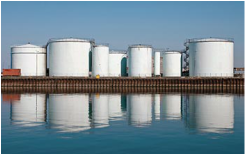
The price of oil has recently slumped and we have to ask ourselves why such a valuable and scarce resource has suddenly become very cheap. In previous years there was a ‘swing producer’ who had an abundance of supply and if the price went too low could reduce output and the price would then stabilise upwards or, if the price went too high could increase output and it would then stabilise at a lower price level and help the world economy.

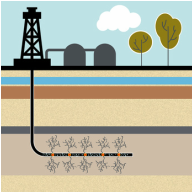
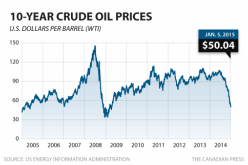
We are now squeezing the sponge to extract the last drops of more expensive oil.
So where does this leave New Zealand, which relies on cheap oil for its transport? The good news is that we have an abundant supply of renewable energy but the bad news is that we have no way of using it for transport. Our railways are in a bad state of repair and powered by oil and our trucks and cars are all powered by oil. So we are very vulnerable.
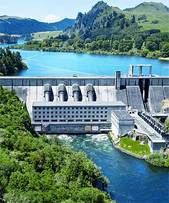
We need to get started now.


 RSS Feed
RSS Feed